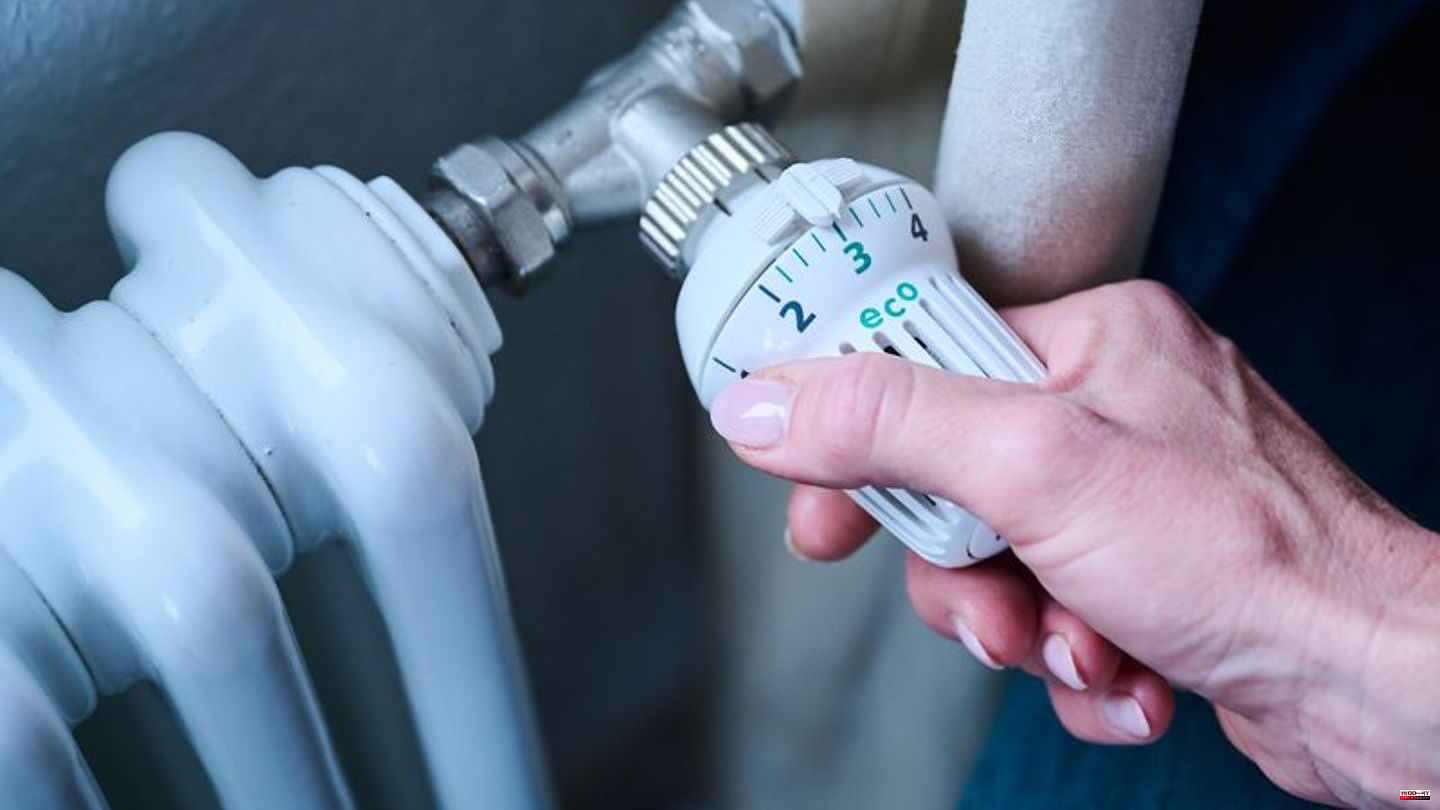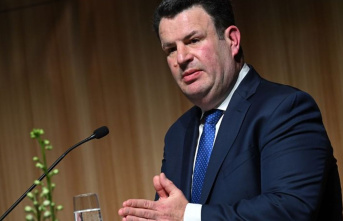In the Corona years 2020 and 2021, households in Germany spent less money on heating energy despite increased home office work. The temperature-adjusted heating was also slightly less, as the "Heat Monitor" of the German Institute for Economic Research (DIW) shows.
For the study, heating cost bills from the energy service provider Ista from around 250,000 apartment buildings in Germany were evaluated. For this year, however, the DIW researchers predict a doubling of heating costs or more for consumers.
According to the analysis, the heating energy requirement in 2020, adjusted for temperature effects, fell by 0.7 percent compared to the previous year. In 2021 there was a further decrease of 1.5 percent to 128.7 kilowatt hours per square meter of heated living space. Gas, heating oil, district heating and electricity were considered.
Thanks to energy prices that were still low at the time, spending on heating fell by 3.9 percent in 2020 compared to the previous year and by 0.7 percent in 2021. On average, households spent EUR 7.86 per square meter of heated living space.
The decline in heating energy requirements during the pandemic is surprising, said DIW economist Franziska Schütze. "After all, people were more at home over both years due to home office, lockdowns and short-time work." Thanks to renovations, buildings are becoming increasingly energy efficient.
High costs expected
The energy crisis resulting from the Ukraine war is now increasing the pressure to save: millions of people are threatened with high additional costs, primarily because of the rapid increase in gas prices. The DIW expects gas prices to increase from 5 to 6 cents per kilowatt hour in 2020 to around 12 cents per kilowatt hour or even more this year.
This hits low-income households the hardest. Even with a price increase to 12.5 cents per kilowatt hour, which is just above the proposed level of the gas price brake, the share of heating costs in the lower income group would rise from 6.2 percent to 11.7 percent, the authors write. In September, the new customer tariffs at energy suppliers were even 21.75 cents per kilowatt hour outside of the basic supply. Recently, wholesale gas prices have at least fallen.
Further reduction necessary
Despite well-stocked gas storage facilities, the Federal Network Agency believes that gas consumption in Germany needs to be reduced by 20 percent. In addition to short-term relief, long-term investments are now increasingly necessary, such as energy-efficient building renovations and heating replacements, especially for renewable energies, according to the DIW.
The pace of renovations must also increase in view of the climate targets. The researchers wrote that the slight savings in heating energy requirements over the past two years of the pandemic have not changed the fact that the building sector continues to emit too much carbon dioxide. In order to achieve the climate targets, Germany must save around five million tons of CO2 a year in the building sector, around four percent of the emissions in 2020. "However, in 2020 we are seeing a reduction of only one percent in multi-family buildings."
Unadjusted for temperature influences, the heating balance in Germany recently looked bleak anyway: In this case, energy consumption rose by nine percent in 2021, also because of the relatively cold winter.
DIW Press Ista Press








